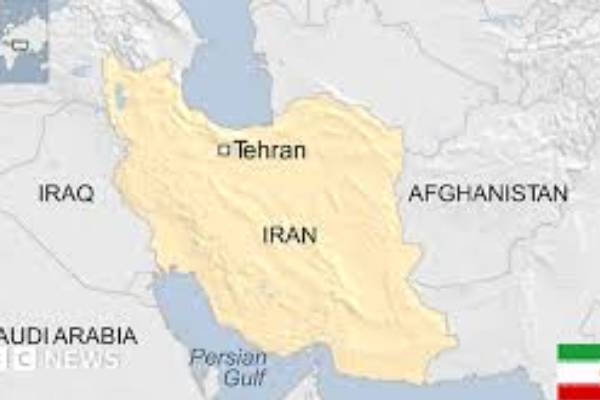Israel says it has complete control over Tehran’s skies, given the Israeli Air Force’s ability to carry out multiple strikes over the capital over the past few days, that appears to be largely true.
Israeli jets have been dropping guided bombs at relatively short range. In other words, it’s not having to rely on long-range stand-off munitions like cruise missiles.
Iran’s ageing few fighter jets have posed no challenge. Even before this Israeli attack on Iran’s nuclear programme, Israel had already destroyed a significant proportion of Iran’s air defences.
Israel’s attack in October last year targeted Iran’s long-range, Russian-designed S300s.
In this latest assault, Israel has continued to hit air defence radar and launchers.
But Justin Bronk, of the Royal United Services Institute (Rusi) defence think tank, says that while Israel may now have air superiority over Tehran, it does not have complete air dominance.
Shorter-range air defences, like shoulder or vehicle launched portable ground-to-air missiles – of which Iran still has many – could still prove a threat.
US fighter jets quickly gained air superiority over the Houthis in Yemen – but the Houthis were still able to shoot down a number of admittedly much slower US drones.
Previous military campaigns in the Middle East, including the US-led strikes on Isis and Israel’s own relentless attacks on Hamas in Gaza, also illustrate the limitations of air power.
Destruction from the air does not necessarily lead to defeat.





